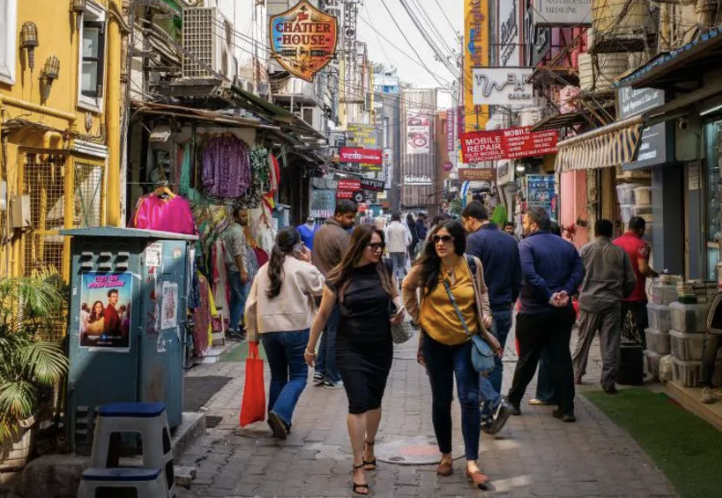Headlines
Report Highlights Economic Divide in India

A recent report estimates that while India is home to 1.4 billion people, nearly a billion lack sufficient money for discretionary spending. The country's "consuming class," which forms the primary market for businesses, is around 130-140 million people—comparable to Mexico's population. Another 300 million are classified as "emerging" consumers but remain cautious spenders.
The report highlights that India's consumer market is "deepening" rather than "widening," meaning the rich are getting wealthier while the overall number of affluent consumers remains stagnant. This has fueled a trend of "premiumisation," where businesses focus on high-end products rather than mass-market offerings. The surge in luxury housing and premium phone sales reflects this shift, even as affordable housing and budget products struggle.
India’s economic recovery post-pandemic has been K-shaped, with the wealth gap widening. The top 10% of Indians now hold nearly 58% of the national income, while the bottom 50% have seen their share decline. Additionally, financial savings among households have hit a 50-year low, and increased debt burdens have impacted spending.
The Reserve Bank of India’s crackdown on unsecured lending has further tightened consumer purchasing power. Meanwhile, artificial intelligence is disrupting white-collar jobs, leading to job losses, particularly in clerical and supervisory roles.
While short-term boosts like a record harvest and recent tax cuts may provide temporary relief, the long-term economic challenges—stagnant wages, rising inequality, and a shrinking middle class—remain pressing concerns. Experts warn that if these issues persist, India's consumption-driven economy could face significant macroeconomic challenges.

















































